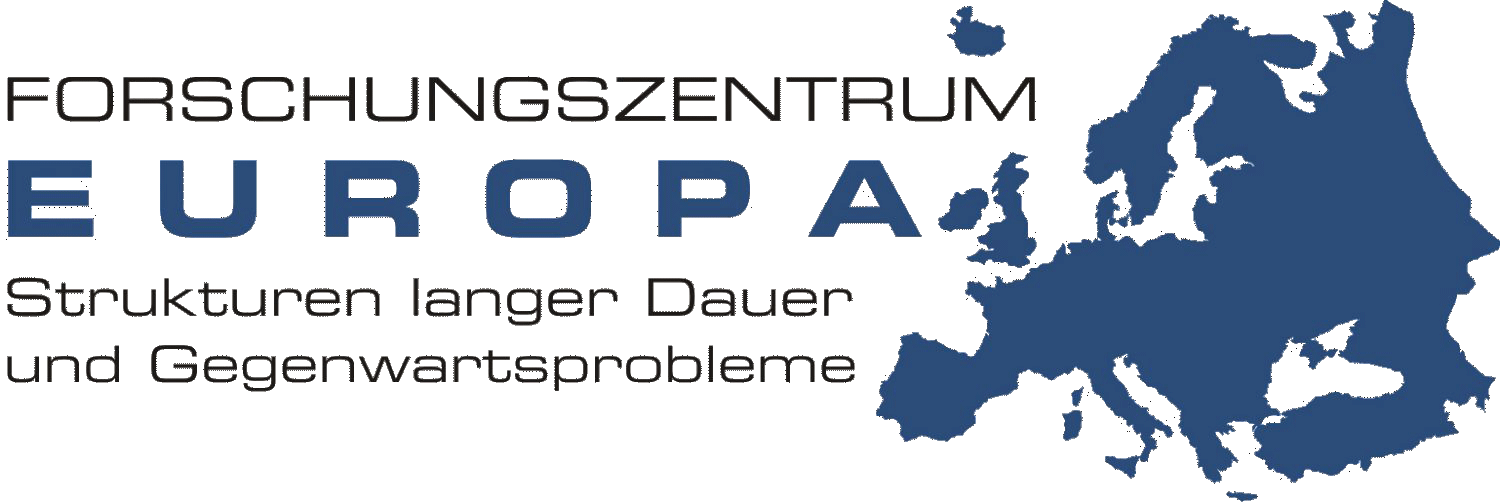Historical master narratives were produced in history museums as well. They were initially interconnected with preservation of the national heritage and the construction of both the chronology and the teleology of the nation.
In this sense they differed from the Old Regime armouries, which represented the power of the monarchy, and to some extent its history, through warfare, as exemplified by the Stockholm Livristkammaren founded in the late seventeenth century, or its pendant in Piedmont created in the first decades of the eighteenth century.
Not surprisingly, therefore, in 1794–97 the royal armoury in Paris was dismantled and reorganized in order to represent the new nation in arms, thus becoming the first core of the Musée de l’Armée, which was formally founded in 1905. Under the pressure of the Napoleonic wars, the Real Museo Militar was created in Madrid in 1803; that is, at a crucial juncture when the monarchy needed to bolster Spanish pride and produce a counterdiscourse against the French one.
However, it was the French Revolution that invented a new type of museum focused on history and presenting the long tradition of the cultural nation. The Musée des Monuments Français was the place where Jules Michelet discovered the force of a past made once again alive and found his vocation as a historian.
By assembling artefacts, remains, documents, and crafts rich with symbolic value, as well as historical documents, museums acted performatively and affirmed the existence of the nation through classification and powerful visual presentation. A brief outline such as the one presented here can only point out some specific aspects and significant synchronies. But closer inspection would show the many variants and nuances that characterized the diversified landscape of history museums.
Their role in creating a strong national consciousness through a historical master narrative was crucial both when a nation-state already existed and in nations without a state. In the case of the former, the scale was larger because of the state’s institutional and financial support, as two French institutions show: the Musée de l’Histoire de France, first conceived by Napoleon and realized by the July Monarchy in Versailles, and the Musée de Cluny founded by Alexandre du Sommerard in 1833. At these museums, historical objects gave the illusion of a national history to be ‘lived’.
Moreover, as early as 1806, a project had been devised to create a national museum in Copenhagen which would preserve monuments, but also the heritage of language, art and power from the national past, and where patriots could study the advancement of the nation: the Danish national museum was finally created in 1832. In Brussels, a few years after independence, the new national museum furnished a powerful pictorial representation of the country’s cultural history as well as its political and military history. A similar national museum was opened in Athens two decades later. As for other issues related to the institutionalization of historical studies and practices, Britain again stands alone with regard to history museums. The British Museum, which strongly asserted the British identity, not least with its imposing neoclassical architecture – a model emulated by several national museums – intended to affirm universal artistic values. National art museums are not included in our maps. However, an exception has been made for the British Museum, given its pioneering role in the evolution of public museums. While the British Museum had an universalist scope, in London it was rather the National Portrait Gallery which recounted the history of the nation by opening in 1857 a gallery of notable men of the nation. A similar institution was founded for Scotland in 1884, thus enriching the panorama of historical museums in Edinburgh, where a National Museum of Antiquities of Scotland was opened in 1858.
In the empires, the centre was slower to develop historical museums than a periphery determined to affirm its identity. In the Habsburg Empire, the origins of the Budapest Museum date back to 1802, when its original core, the collection of Count Ferenc Széchenyi, already represented the chronology of national history by means of a series of objects from the stone age to the Magyar conquest. In 1811, under the pressure of associations, the provincial museum of Styria Joanneum was founded, followed by the museums of Moravia and Bohemia, as well as others. The Prague museum immediately acquired a strong national meaning and served as the model for the Germanisches Nationalmuseum created in Nürnberg in 1852.
In 1833 the Freiherr Hans von Aufseß, at the behest of king Ludwig of Bavaria to assemble a collection of ‘notable items’, drew on this example and formed an association for the preservation of history, literature and art. This marked the beginning of the Germanisches Nationalmuseum: a museum for all Germans.
In Sweden, the Historiska Museet founded in 1847 gave full representation to Swedish cultural history and art from the stone age to the sixteenth century.
The close connections among geography, earth sciences, the prehistoric past and subsequent developments as shown by many national museums were crucial for interpretation of the nation as connected to the soil as well as to ethnicity.
Museums of national antiquities were often powerful tools in the construction of a national historical consciousness: this is the case of the one in Vilnius, the National Museum of Transylvania, whose first section was created in 1859, and the National Museum of Antiquities in Bucharest, which exhibited, among other objects, important archaeological collections showing the origins of the nation.
In the last decades of the nineteenth century, however, a new genre of history museum more directly connected with nation-building, and therefore with wars of independence, came into being. This typically happened in relatively new nation-states such as Greece, where one of the most important historians of the nation, Spyridon Lambros, played a crucial role in the first historical exhibition of relics from the Revolution of 1821.
In Italy, by contrast, historians were much less involved in the first phase of the foundation of museums of national awakening – the Risorgimento – which proceeded from 1884 onwards. These museums contributed to the sacralization of the nation. Relics offered by the families of patriots, as well as portraits and paintings, narrated the glorious struggle for independence, while other museums were given the task of first representing medieval history, considered to be at the origins of the nation, and only later the Roman heritage.
At the end of the century, some colonial museums generated from temporary exhibitions started to represent the nation in its imperialistic dimension: the Musée du Congo in Tervuren near Brussels (1897) is exemplary in this regard.
The maps do not include pure ethnographic museums. However, it is worth noting that a number of countries developed early on a master narrative of their national histories by gathering and exhibiting buildings and objects related to everyday life, especially in the countryside. In this respect Skansen (1891) inaugurated a new museographic style.
In the European map, this changing and rather heterogeneous landscape of museums is represented by a selection of those that gained a nation or state importance or were explicitly intended to represent the national past. Two genres can be observed: on the one hand, museums focused on the cultural nation; on the other, those presenting the political and especially military side of nationbuilding. Moreover, a number of museums tended to combine both approaches at the national as well as the regional or local level. The Heimatmuseens in Central Europe, but also elsewhere, were important in bringing such various aspects together. While it has been impossible to map the local level, given the scale, the regional museums are shown country by country in the individual maps in the second part of the Atlas.
Go back to Museums








